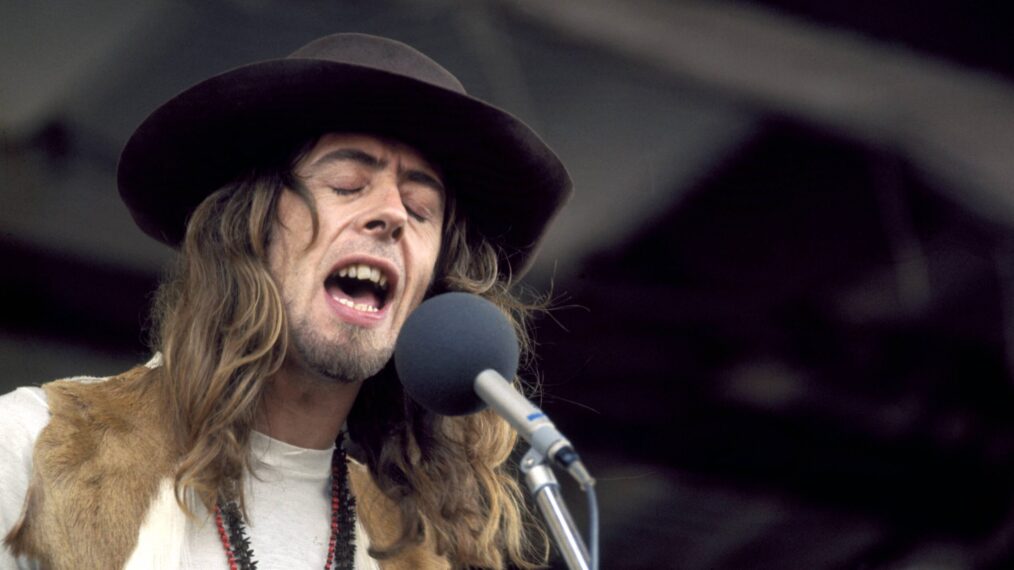Cream and Fleetwood Mac Wouldn’t Exist Without John Mayall … But Who Is He?
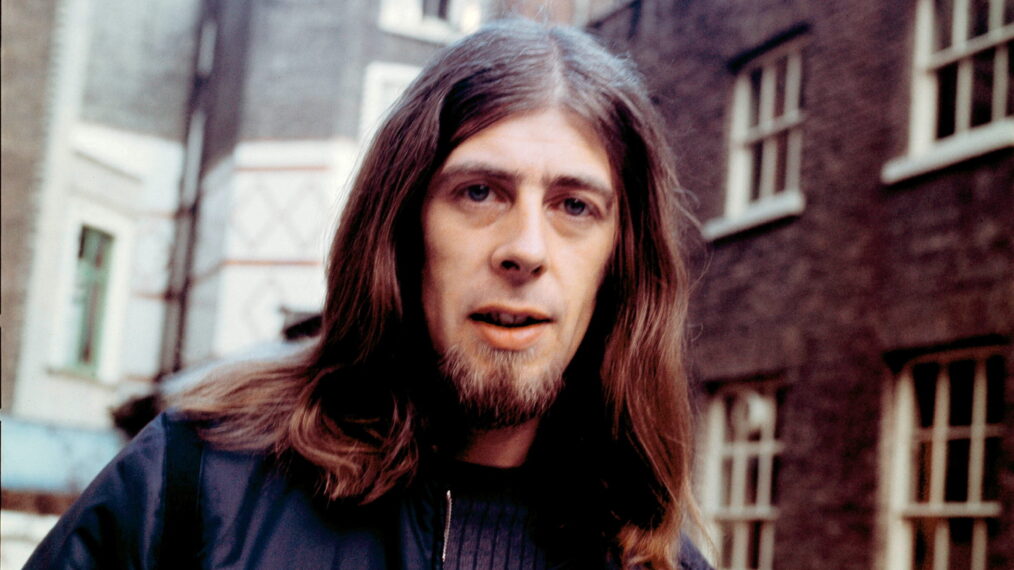
The name John Mayall pops up in the stories of almost every British band of the ’60s. Eric Clapton formed Cream after leaving Mayall’s band, the Bluesbreakers — a band whose former members went on to join the Rolling Stones and the very first incarnation of Fleetwood Mac, among other bands. Often called “godfather of the British blues,” Mayall’s fingerprints are all over 1960s rock.
And yet, Mayall, who died in July 2024 at age 90, lacks the instant name recognition or signature classic rock hits that many of the musicians he played alongside have. In honor of his induction into the Rock & Roll Hall of Fame on Oct. 19, 2024, let’s learn a little bit more about your favorite classic rocker’s favorite classic rocker.
Blues Beginnings

Evening Standard/Hulton Archive/Getty Images
Born in 1933, in Cheshire, U.K., Mayall had an early affinity for American blues musicians like Leadbelly and Lonnie Johnson, and taught himself guitar and harmonica. After military service, art school and a career as a graphic designer, in 1962, Mayall joined the Blues Syndicate.
The success of the band, which included future Bluesbreaker Hughie Flint, convinced Mayall to decamp to London and take a shot at working full time as a musician. “I played blues all my life, but there was never an interest by the general public for it, there was no market for it until the early ’60s and by that time I was 30, but it made no difference,” Mayall said in a 2016 interview. “I moved down from Manchester to London, where the activity was taking place and just found people who fit in with my ideas.” When he reached the British capital, Mayall found himself square in the middle of a blues renaissance, where bands like the Rolling Stones, the Yardbirds and the Animals reigned.
The Bluesbreakers & Their Famous Alumni
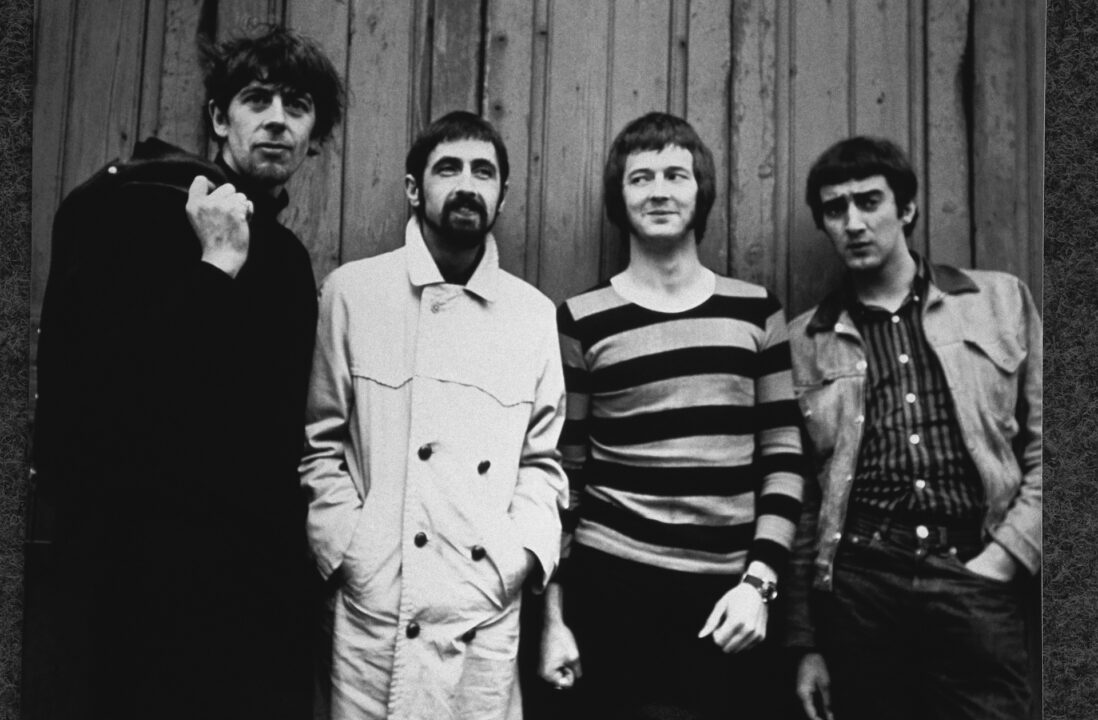
Bluesbreakers, L-R: John Mayall, Hughie Flint, Eric Clapton and John McVie in London, 1966. Getty Images
In 1963, a now London-based Mayall was backing American blues musicians like John Lee Hooker on their U.K. tours. He also formed John Mayall & the Bluesbreakers. The band had a fluid lineup that often changed, which is how so many future greats ended up spending time in the band.
The lineup on the first Bluesbreakers album, John Mayall Plays John Mayall, included John McVie, later to become a founding member of Fleetwood Mac. In 1965, Eric Clapton, who had recently left the Yardbirds, joined the Bluesbreakers and recorded 1966’s Blues Breakers With Eric Clapton. The album not only became a Top 10 hit on the U.K. charts, but also contained Clapton’s first foray into lead vocals (Clapton supposedly began singing at the behest of Mayall).
Shortly before the album’s release, Clapton formed Cream with drummer Ginger Baker and bassist Jack Bruce — the idea for the band actually came about after Baker played a Bluesbreakers show mid-year. The band’s existence was announced by the music press before Clapton had a chance to tell Mayall in person.
1967’s A Hard Road featured, as Clapton’s replacement on guitar, future Fleetwood Mac-er Peter Green, who had already been in and out of the band several times, as well as McVie and acclaimed drummer Aynsley Dunbar. However, Green packed up soon after, taking with him McVie and brand-news Bluesbreakers drummer Mick Fleetwood, to form Fleetwood Mac.
After recording 1967’s The Blues Alone with himself on almost every instrument, Mayall replaced Green with a teenage Mick Taylor, for that same year’s Crusade. Taylor was, like many before him, not long for the Bluesbreakers; by 1969, after three albums with Mayall (both under the Bluesbreakers name and as just John Mayall), Taylor was recruited by the Stones.
Life After London
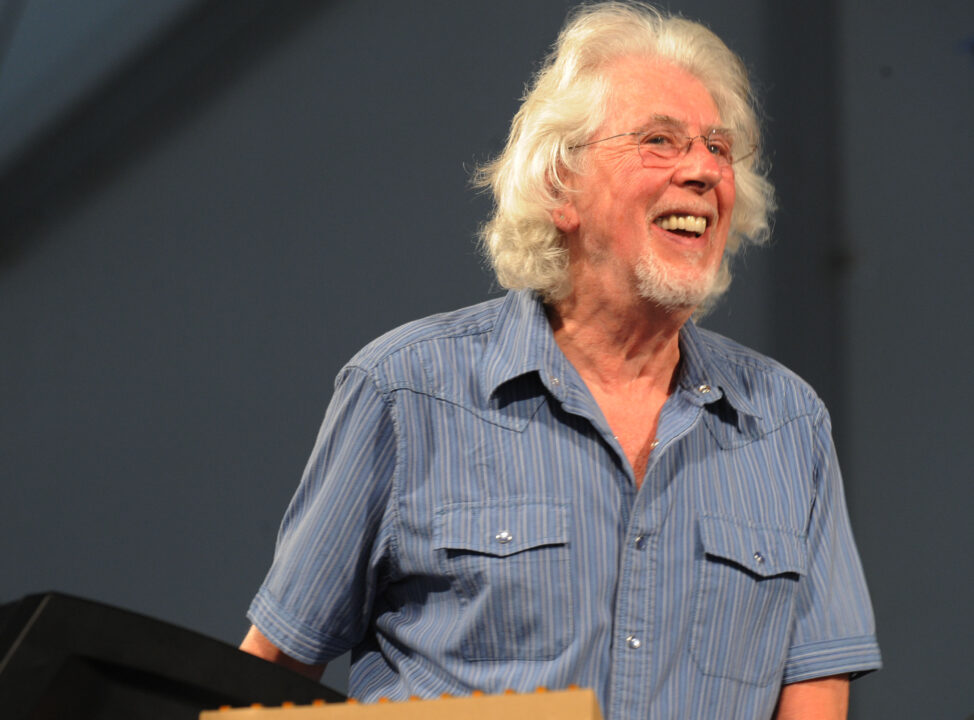
Photo by Rick Diamond/Getty Images
Mayall then decamped to the famous rock ‘n’ roll haven for Los Angeles’s Laurel Canyon, where he spent almost all of the ’70s. He dropped the Bluesbreakers name for over a decade, before picking it back up in 1982, briefly rejoining with Taylor and McVie.
Throughout it all, he continued to record with some of the brightest lights in blues and jazz. Yet despite his band’s many famous alumni, one still had to be a knowledgeable rock fan to know about John Mayall. “I’ve never had a hit record, I never won a Grammy Award, and Rolling Stone has never done a piece about me. I’m still an underground performer,” he said in 2013. An underground performer, perhaps — but not so underground that he didn’t receive an OBE from Queen Elizabeth II in 2005.
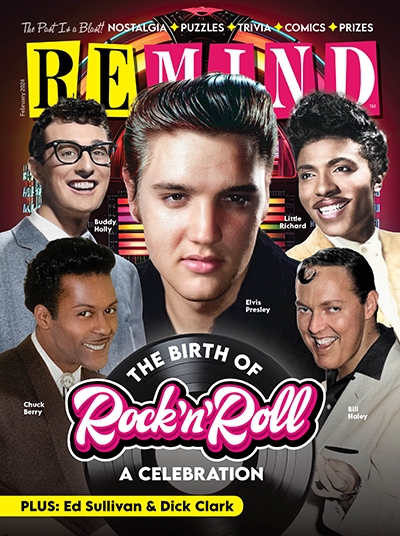
Birth of Rock 'n' Roll
February 2024
"Long live rock," we like to say, but how did it come to life? Revisit the memorable moments, music and movies that made teens go beat crazy back in the 1950s.
Buy This Issue
